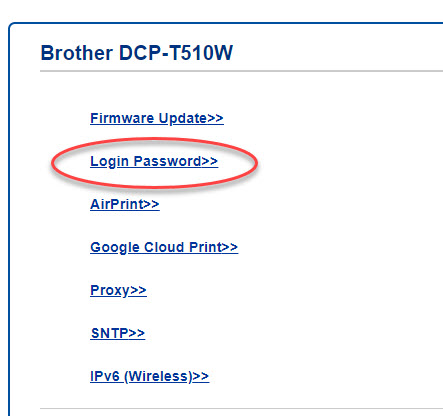


Other features in the July newsletter include. We look forward to learning about the students’ discoveries! Marybeth Slack, a junior Biology major, will be assessing the changes in plant communities nearly 20 years post restoration and comparing the results to a study completed in 2004.Īdditional student research will be tailored to individual interests. Wood will be mentoring current and future students through different projects depending on particular interest and overall career goals. Wood, who teaches classes such as Fisheries and Aquatic Biology, Basis of Animal Behavior, Wildlife and Conservation Biology, Ecology, and GIS.ĭr. It’s interesting changes like this one that intrigue Dr. Wood with only about six inches exposed, when between 2 and a half to 3 feet of pipe should have been sticking out from the surface! So much iron had accumulated in the system that only six inches of pipe could be seen! With almost 20 years having passed since the treatment system was constructed, naturally some changes in the treatment wetlands would happen. Wood and Shaun specifically were searching for PVC pipe used to indicate where the sample points were. Similar to hunting a needle in a haystack, but thankfully not that difficult, 3 of the 7 points were found and marked by tying red flagging. Wood and Shaun spent several hours the morning of July 1 attempting to locate wetland monitoring points that were established nearly 20 years ago when the site was constructed.

The restoration effort covers about 24 acres and its components consist of 3 ALDs, 5 settling ponds, 2 wetlands, and a horizontal flow limestone bed installed to treat 5 mine discharges from an abandoned underground mine.ĭr.

Seaton Creek is the major tributary most heavily impacted by historical coal mining activities within the Slippery Rock Creek Watershed. The pair were in search of wetland monitoring points at the Erico Bridge passive treatment system, which was created in 2003 to treat heavily impacted water in Seaton Creek, Venango Township. Darren Wood headed to the great outdoors on a type of biologist’s treasure hunt. On Friday, July 1, SRWC participant Shaun Busler and Grove City College (Mercer County) assistant professor of Biology Dr. Others required the use of a machete while avoiding large patches of poison ivy and multiflora rosebush.īen is happy to be helping out the SRWC while spending time outdoors, and is excited to see what data has been collected by the datalogger. Some dataloggers were positioned in such a way as to make for relatively easy access. On July 9, the first step of his job was to clean off dirt and mud which had accumulated on the dataloggers, using a brush and Q-tips for the more delicate sensors.
BROTHER EMAIL SETTINGS FOR GMAIL DOWNLOAD
On July 9, Ben headed out into the watershed to download the dataloggers onto a shuttle device, with data to be later uploaded to the SRWC webpage.īen will do this on a quarterly basis, traveling to spots on the Slippery Rock Creek at Rock Falls, Branchton, and Boyers, as well as locations at Muddy Creek, Big Run, and the South Branch of Slippery Rock Creek, an important tributary. Now he has inherited the job of overseeing 6 of the 12 dataloggers in the Slippery Rock Creek Watershed. With datalogger intern Isaac Busler headed off to college, younger brother Ben Busler has stepped into the role.īen is entering his Junior year at Butler Senior High School, and has already accumulated valuable experience working with watershed groups by volunteering time with the Aultman Watershed Association for Restoring the Environment (AWARE). These dataloggers must be downloaded from time to time, and that’s when our volunteers and interns play an important role in data collection! The conductivity measurement can be useful in depicting the general quality of the stream.Īs a baseline is developed, significant changes in conductivity or temperature may indicate a discharge of pollution. The use of conductivity dataloggers is the most cost-effective and efficient method to collect water quality data on a continual basis.Ī Colcom Foundation grant has allowed the Slippery Rock Watershed Coalition to permanently place a total of 12 conductivity data loggers throughout the watershed to cover the main stem and all major tributaries, translating to 4 streams. The following articles appeared first in the Butler County-based Slippery Rock Watershed Coalition July, 2022 newsletter.


 0 kommentar(er)
0 kommentar(er)
